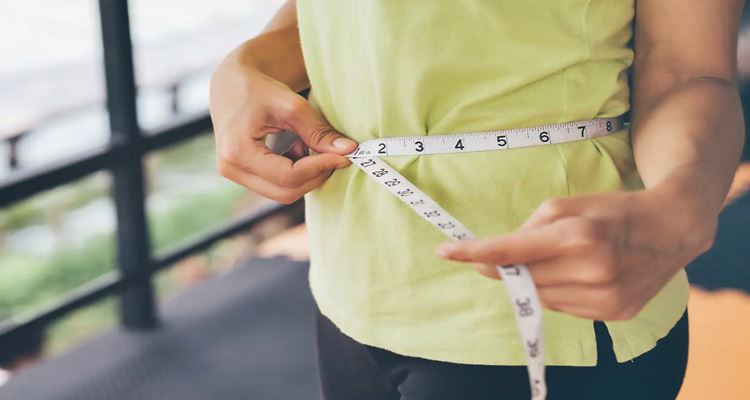HOW TO MEASURE WAISTLINE – This is the correct and proper way of measuring your waistline and what the figure tells about your health.
Your waistline size has a lot to tell about your current health status. The bigger your waist measurement means more excess abdominal fat you are carrying. This is how you can measure your waist.
Waistline – How To Measure Waistline and What The Measurement Means
This is what waistline means and how to correctly measure its size.
WAISTLINE – Here’s the correct way to measure your waistline and what the measurement says about your body and your health.
According to Merriam-Webstline, the waistline is “an arbitrary line encircling the narrowest part of the waist” or the “body circumference at the waist”. Your waist is at the bottom of your ribs and the top of your hips or just right above your belly button.

How do you measure your waist?
Using a tape measure, put it around your middle above your belly button. Make sure that it is tight enough, not the tightness that digs into your skin. Then, naturally breathe out air and see your measure.
The National Heart, Lung, and Blood Institute said that a man who has more than 40 inches (101.6 cm) and a woman who has more than 35 inches (88.9 cm), there’s an increased risk of certain health issues like type 2 diabetes, high blood pressure, and heart disease.
Other associated health problems to the size of your waistline include metabolic syndrome and high cholesterol where both can eventually lead to heart disease.
Understanding the measurement of your waist circumference is important. It has a connection with your health and it is also one of the key measurements of one’s overall health along with body mass index (BMI) and waist-to-hip ratio.
The Centers for Disease Control and Prevention has outlined a guideline to follow about determining a person’s BMI. It is as follows for adults:
| Below 18.5 | Underweight |
| 18.5 – 24.9 | Normal or healthy weight |
| 25.0 – 29.9 | Overweight |
| 30.0 and above | Obese |
Meanwhile, your waist-to-hip ratio is the weight you carry on your hips, thighs, and buttocks. Men with 0.9 and women with over 0.85 waist-to-hip ratio results are more prone to develop metabolic complications as per World Health Organization.
READ ALSO:
- Jumping Jacks – What Is Jumping Jacks Exercise and Its Benefits
- Cool Down Exercises – Examples and Purpose Of Cool Down Exercises
What can you say about this? Let us know!

